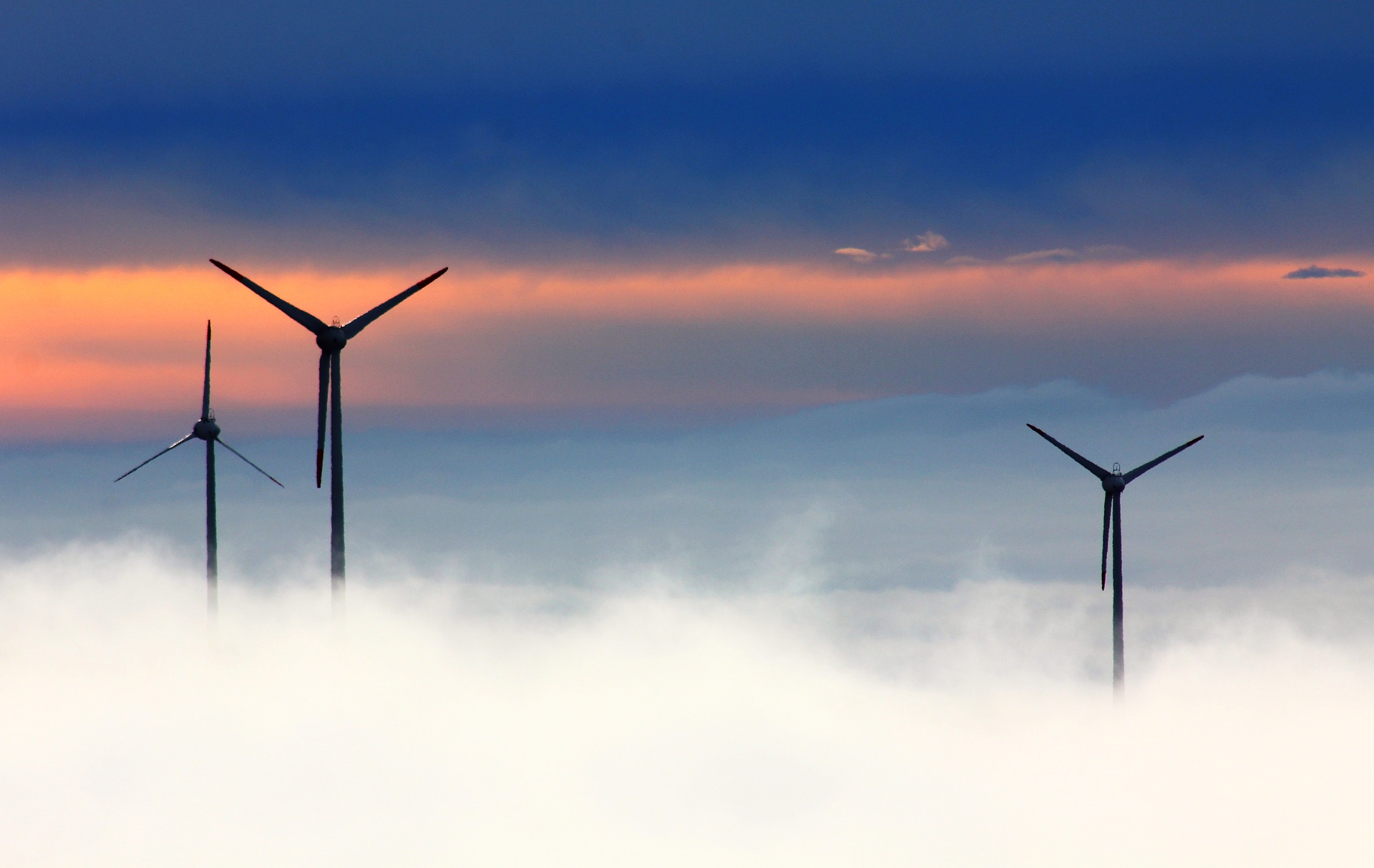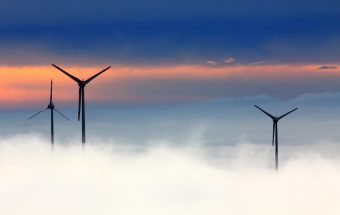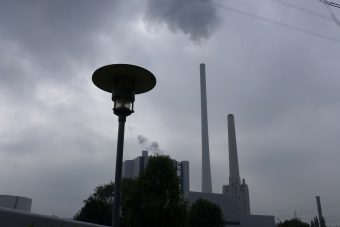
Located on the shores of Lake Erie, the Ontario Power Generation Nanticoke Generating Station was once North America’s largest coal-fired power plant. It was once capable of producing almost 4,000 megawatts at full capacity, but the aging plant has been shuttered since 2013. Now the site is to be re-purposed for a 44-MW solar farm, as part of a larger effort to replace coal with renewable sources, according to Cleantech Canada. The new solar farm is one of many projects stemming from a large solar-procurement project announced last week by Independent Electricity System Operator (IESO), Ontario’s grid operator.
Called the Large Renewable Procurement program, it includes 16 contracts for renewable energy, totalling 454.9 MW of power for the Canadian province. Ontario completed a phase out of coal power in 2014, which included the shutdown of the Nanticoke plant. The site’s redevelopment into a solar farm will be led by Sun Edison Canadian Construction LP, which will partner with Six Nations Development Corp. and Ontario Power Generation. Each of the solar providers involved in the Ontario Large Renewable Procurement program will receive an average 15.67 cents (about 11 cents U.S.) per kilowatt-hour for the energy their sites generate. That means Ontario residents likely won’t get much relief from recent increases in electricity rates. Average electricity costs in the province have risen significantly over the past decade, and some suggest that the phaseout of coal is at least partially to blame.
In November 2015, average peak electricity costs stood at 17.5 cents/kWh (13 cents U.S.), compared to 9.7 cents/kWh (7 cents U.S.) in November 2006, according to the Ontario Energy Board. For off-peak power, residents paid an average 8.3 cents/kWh (6 cents U.S.) in November 2015, compared to 3.4 (3 cents U.S.) cents for the same month in 2006. But regardless of current electricity rates, the long-term environmental benefits of Ontario’s shift away from coal will be worthwhile. The province had no smog days at all in 2015—the first full year of the coal phase out—compared to 53 such days in 2005. Construction of the Nanticoke solar farm will begin once the necessary environmental approvals and contracts are completed.
http://www.greencarreports.com


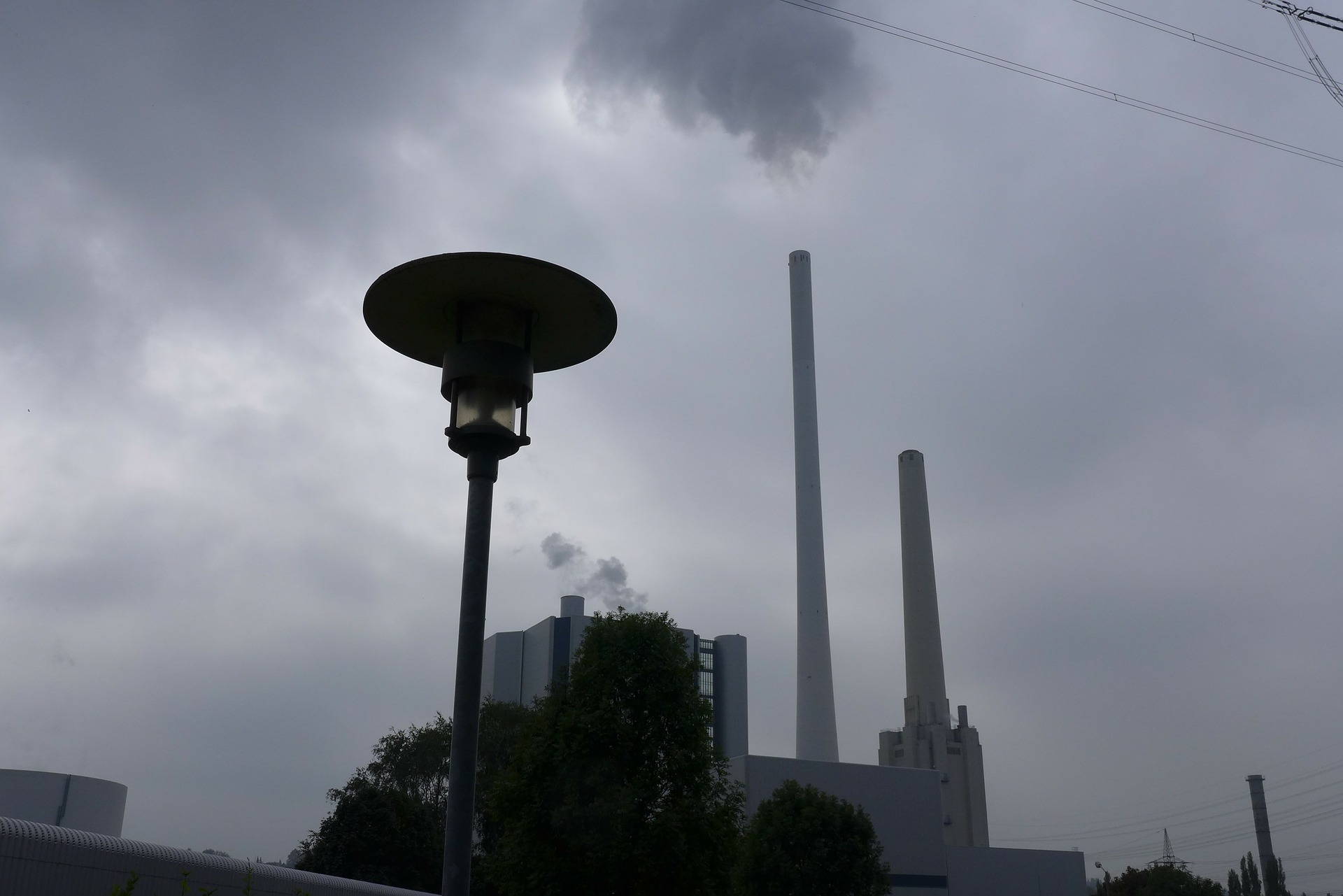
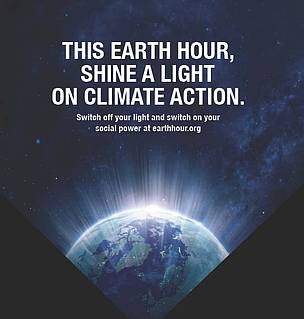

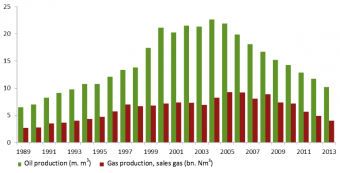
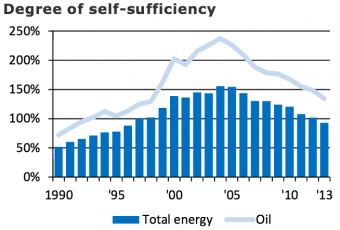
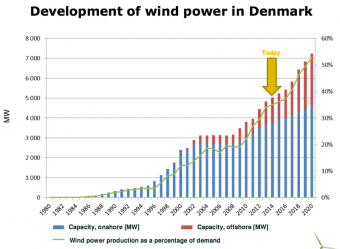
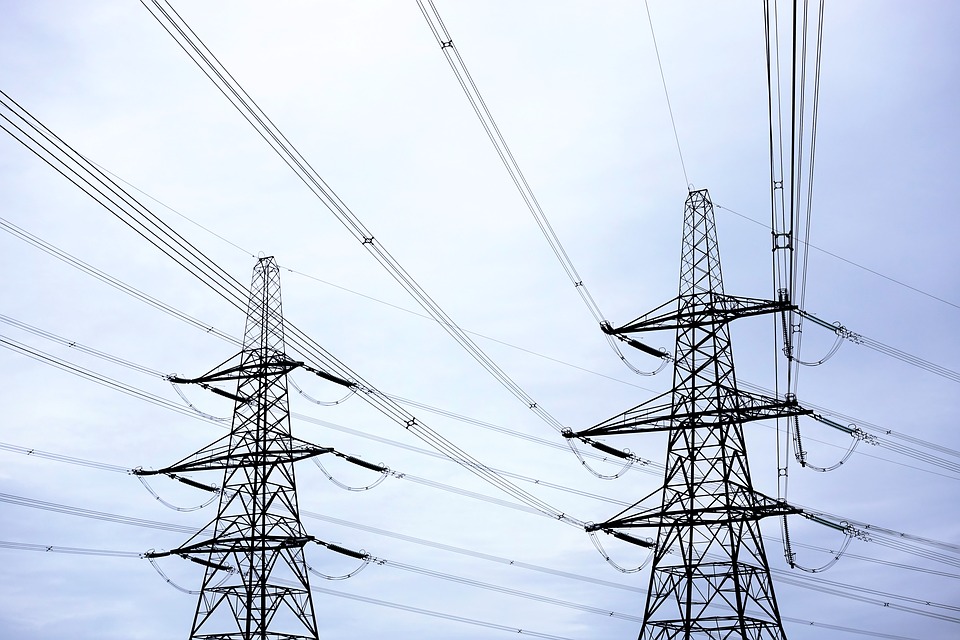
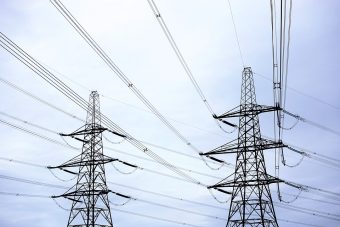




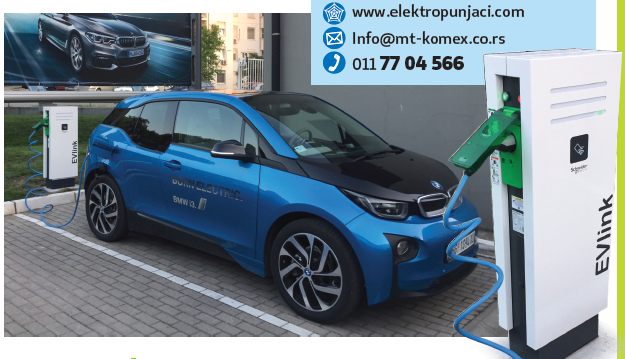
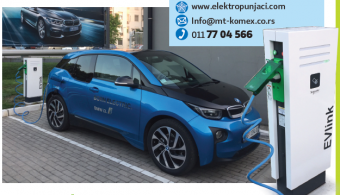

 The General Secretariat of the Central American Integration System (SG-SICA) and the United Nations Industrial Development Organization (UNIDO) today announced last week a strategic partnership on the creation of a Mesoamerican Centre for Renewable Energy and Energy Efficiency (MCREEE). During the next months, SG-SICA and UNIDO, with financial support of the Austrian Development Agency (ADA), will execute a consultative preparatory process to assess the added value, feasibility and best technical and institutional design for such a centre. The process will include the development of a needs assessment, consultative workshops, as well as the development of a project document on the centre’s first operational phase. Once established, the technical centre is expected to support the SICA Member States through targeted regional programmes and projects on sustainable energy in the areas of capacity development, knowledge management and exchange, technology innovation, policy and legislation, as well as investment and business promotion. It will also contribute to better technical coordination, donor harmonisation, long-term sustainability of project interventions, as well as the documentation of lessons learned. The centre will become part of the Global Network of Regional Sustainable Energy Centers, a South-South multi-stakeholder partnership, coordinated by UNIDO in partnership with various regional organizations which are already working in other parts of the world, including in Africa, the Pacific and the Caribbean regions.
The General Secretariat of the Central American Integration System (SG-SICA) and the United Nations Industrial Development Organization (UNIDO) today announced last week a strategic partnership on the creation of a Mesoamerican Centre for Renewable Energy and Energy Efficiency (MCREEE). During the next months, SG-SICA and UNIDO, with financial support of the Austrian Development Agency (ADA), will execute a consultative preparatory process to assess the added value, feasibility and best technical and institutional design for such a centre. The process will include the development of a needs assessment, consultative workshops, as well as the development of a project document on the centre’s first operational phase. Once established, the technical centre is expected to support the SICA Member States through targeted regional programmes and projects on sustainable energy in the areas of capacity development, knowledge management and exchange, technology innovation, policy and legislation, as well as investment and business promotion. It will also contribute to better technical coordination, donor harmonisation, long-term sustainability of project interventions, as well as the documentation of lessons learned. The centre will become part of the Global Network of Regional Sustainable Energy Centers, a South-South multi-stakeholder partnership, coordinated by UNIDO in partnership with various regional organizations which are already working in other parts of the world, including in Africa, the Pacific and the Caribbean regions.
 The nickel-63 isotope’s properties make it a very convenient basic element for tiny, safe and low-power batteries, also known as beta-voltaic cells, with a long service life of over 50 years. They can be used in pacemakers and also as self-contained power supply sources of space satellites. As nickel-63 does not exist in nature, it is obtained by irradiating nickel-62 isotopes with neutrons inside nuclear reactors. The resulting substance is later subjected to radio-chemical processing and is divided using gas centrifuges. A group of MISiS scientists headed by Professor Yury Parkhomenko, head of its faculty of semiconductor and dielectric materials studies, have developed a technology for making systems that convert the nickel-63 isotope’s beta-radiation energy into electric power on the basis of piezoelectric mono-crystals for use by self-contained AC beta-voltaic cells.
The nickel-63 isotope’s properties make it a very convenient basic element for tiny, safe and low-power batteries, also known as beta-voltaic cells, with a long service life of over 50 years. They can be used in pacemakers and also as self-contained power supply sources of space satellites. As nickel-63 does not exist in nature, it is obtained by irradiating nickel-62 isotopes with neutrons inside nuclear reactors. The resulting substance is later subjected to radio-chemical processing and is divided using gas centrifuges. A group of MISiS scientists headed by Professor Yury Parkhomenko, head of its faculty of semiconductor and dielectric materials studies, have developed a technology for making systems that convert the nickel-63 isotope’s beta-radiation energy into electric power on the basis of piezoelectric mono-crystals for use by self-contained AC beta-voltaic cells.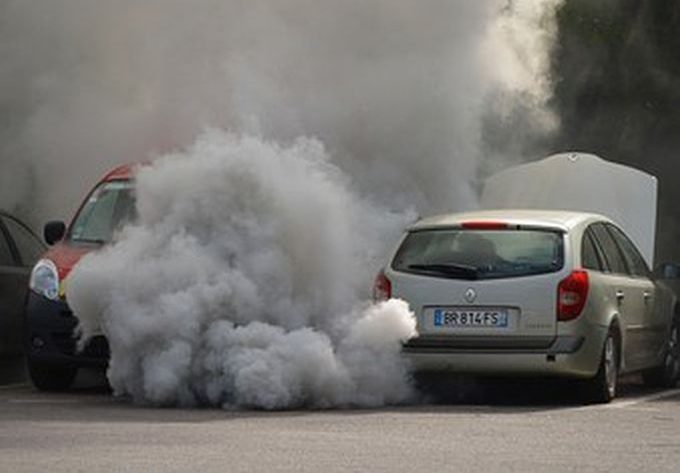
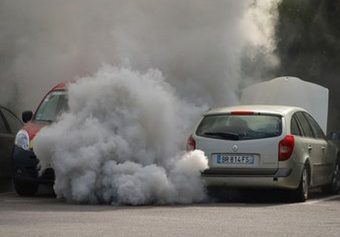
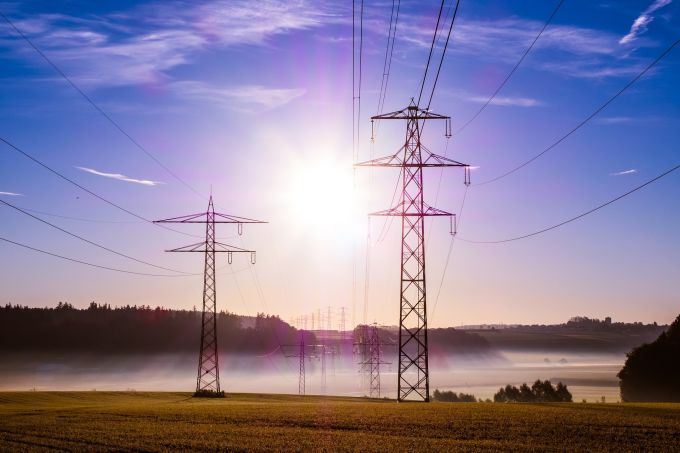
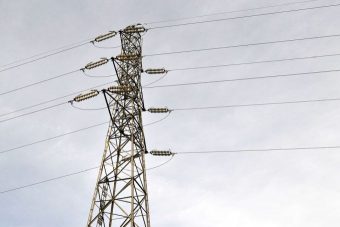

 Prime minister Aleksandar Vučić met Ulrich Schumacher, chief executive of Zumtobel Group AG, supplier of integral lighting solutions, to discuss further successful cooperation and investment prospects. The Austrian company decided to move its project centre for Central and Eastern Europe from Poland to Serbia. After the first meeting with Schumacher in November, Zumtobel donated advanced street lighting to Niš and the capital city, the government in Belgrade said. The Austrian group’s head said the reasons for the decision were Serbia’s favourable geographic position, tax system, highly-skilled and well-educated workforce, capable of becoming part of big companies. There are plans for expansion of operations of the regional centre to entire Europe, Schumacher said. An ad for jobs in the company is open until March 4 for 15 electrical engineers and architects. In the second phase of development, the company plans to hire another 50 Serbian university graduates, according to the statement.
Prime minister Aleksandar Vučić met Ulrich Schumacher, chief executive of Zumtobel Group AG, supplier of integral lighting solutions, to discuss further successful cooperation and investment prospects. The Austrian company decided to move its project centre for Central and Eastern Europe from Poland to Serbia. After the first meeting with Schumacher in November, Zumtobel donated advanced street lighting to Niš and the capital city, the government in Belgrade said. The Austrian group’s head said the reasons for the decision were Serbia’s favourable geographic position, tax system, highly-skilled and well-educated workforce, capable of becoming part of big companies. There are plans for expansion of operations of the regional centre to entire Europe, Schumacher said. An ad for jobs in the company is open until March 4 for 15 electrical engineers and architects. In the second phase of development, the company plans to hire another 50 Serbian university graduates, according to the statement.


 Sri Lanka has given indications it intends to significantly increase the share of renewable energy in its electricity generation by the end of the next decade. Secretary to the Ministry of National Policies and Economic Affairs recently told media outlets that his government is considering increasing the share of renewable energy in electricity generation to 100% by 2030. The new consideration by the Sri Lankan Government represents a significant increase over the recently stated plans of the countries electricity utility. The Ceylon Electricity Board (CEB) proposed the Long-term Generation Expansion Plan 2015-2034. Sri Lanka’s installed power generation capacity at the end of 2014 was 3.9 GW, of which 11%, or 442 MW, is based on renewable energy capacity.
Sri Lanka has given indications it intends to significantly increase the share of renewable energy in its electricity generation by the end of the next decade. Secretary to the Ministry of National Policies and Economic Affairs recently told media outlets that his government is considering increasing the share of renewable energy in electricity generation to 100% by 2030. The new consideration by the Sri Lankan Government represents a significant increase over the recently stated plans of the countries electricity utility. The Ceylon Electricity Board (CEB) proposed the Long-term Generation Expansion Plan 2015-2034. Sri Lanka’s installed power generation capacity at the end of 2014 was 3.9 GW, of which 11%, or 442 MW, is based on renewable energy capacity.